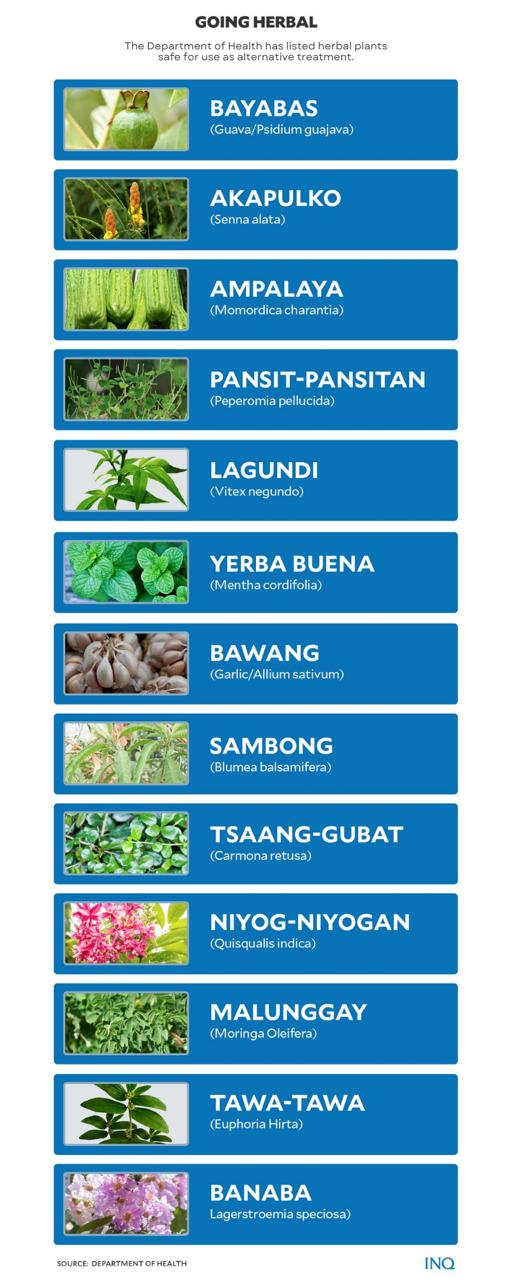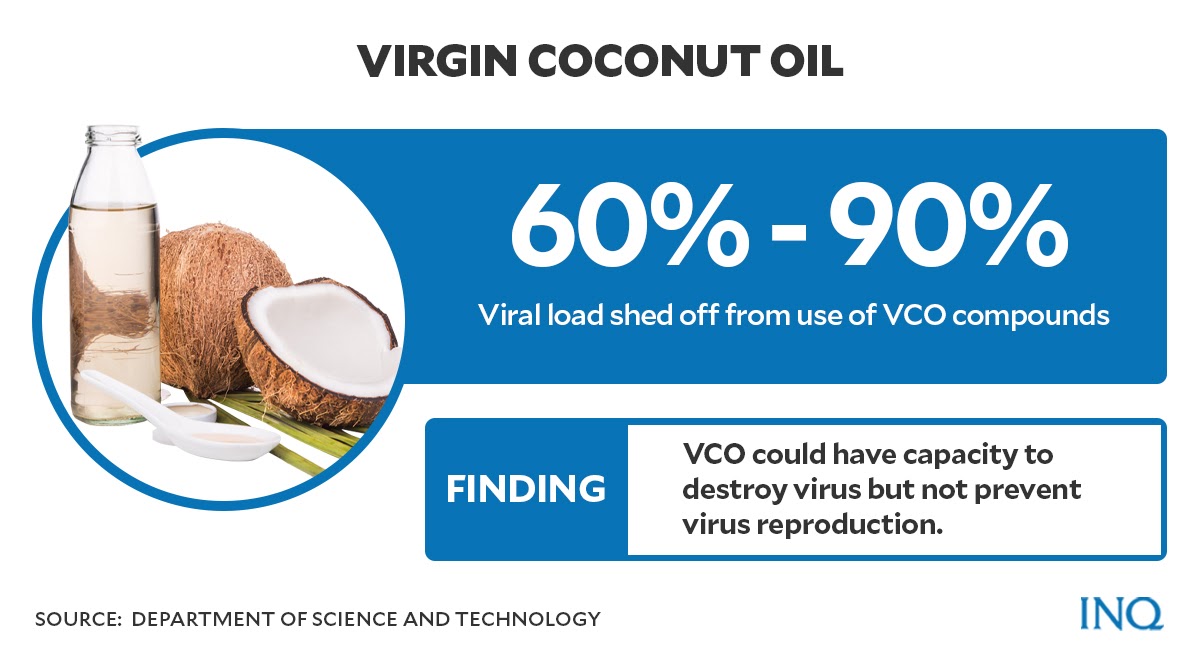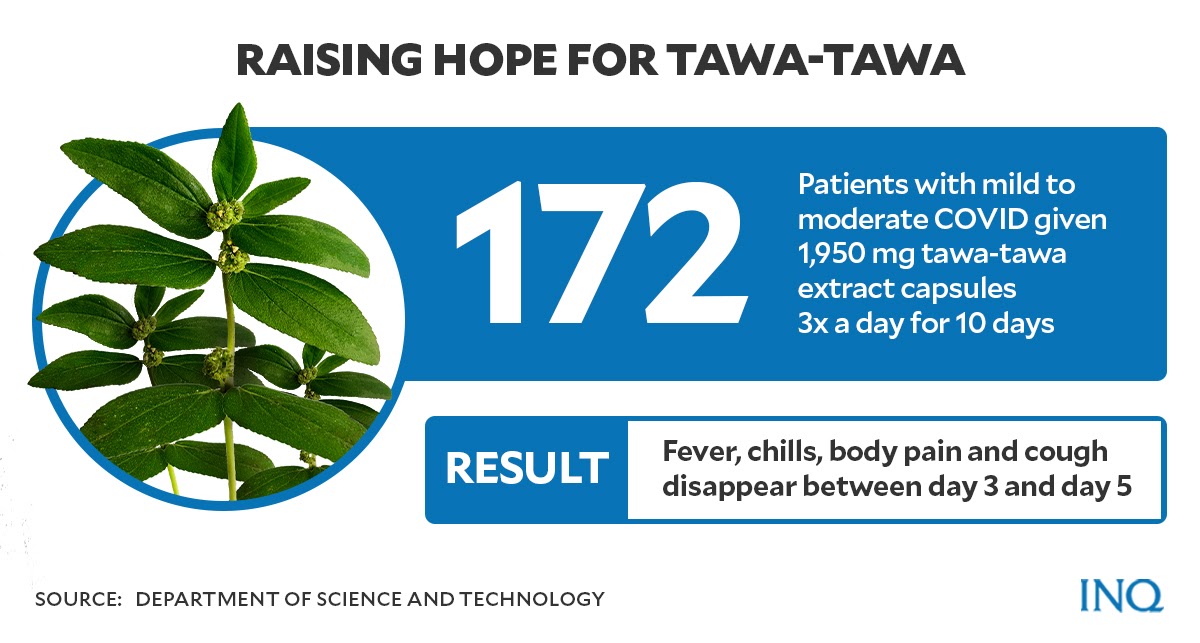‘Healing plants’ in PH offer alternative to prohibitive COVID meds
MANILA, Philippines––In Quiapo, where thousands of Filipinos flock, especially on Fridays, 60-year-old Josie Dela Cruz sits beside a cart filled with plants which she said can heal illnesses.
She told INQUIRER.net that since the year 2000, she’s been one of the dealers who sell plants which the Philippine Institute of Traditional and Alternative Medicine considered as “medicinal”.
This November, the Philippines celebrates the existence of these plants through the Traditional and Alternative Health Care Month which promotes effective and inexpensive ways to prevent and heal diseases.
Signed by former President Gloria Macapagal-Arroyo in 2004, Proclamation No. 698 backs the Traditional and Alternative Medicine Act which recognizes the value of traditional and alternative health care.
The law intended to provide inexpensive, accessible and effective traditional and alternative health care options for Filipinos to choose from by integrating these into the national health care system.
Article continues after this advertisement
Dela Cruz, 60, sits beside the ‘medicinal plants’ she’s selling in Quiapo, Manila. Photo by Kurt Dela Peña/INQUIRER.net
Signed in 1997, the law said the Philippines has over 2,000 medicinal plants and that there’s a need to advance research and development as these could be used medically. A BioMed Central research said that 120 have been scientifically validated for safety and efficacy.
Article continues after this advertisement
Graphic by Ed Lustan
The Department of Health (DOH), in 1993, promoted 10 medicinal plants: akapulko, ampalaya, bawang, bayabas, lagundi, niyog-niyogan, sambong, tsaang gubat, ulasimang bato, and yerba buena.
For over 20 years, Dela Cruz said she knew these plants could heal illnesses so when the Department of Science and Technology (DOST) said plants could help ease COVID-19 symptoms, she jumped in joy.
Easing pain
In 2020 Science and Technology Secretary Fortunato Dela Peña said researchers were studying the possible benefits of plants, specifically lagundi, tawa-tawa, and coconut, to ease symptoms of COVID-19.
The Department of Science and Technology (DOST), in April 2020, initiated research on virgin coconut oil (VCO) as a way to fight SARS Cov-2, the virus that causes COVID-19.
In October 2020, the DOST said VCO, which is readily available in the Philippines, decreases viral load by 60 to 90 percent in mild COVID cases.
In August 2021, the DOST invested P8.4 million to explore the possible benefits of VCO as an “adjunctive therapy” for COVID-19 patients in hospitals to complement primary treatment.
The investment involved a P4.8 million research study with 74 eligible patients at the Philippine General Hospital and a P3.6 million project led by DOST’s Food and Nutrition Research Institute.
READ: DOST allots P8.4M for virgin coco oil research
In October 2021, Science and Technology Undersecretary Rowena Guevarra said when VCO was mixed with the food of COVID-19 patients, the symptoms eased and there were signs that severe progression of the disease could be prevented.
The DOST, in June 2020, initiated research on lagundi, which treats cough, and tawa-tawa, which is used to treat symptoms of dengue. At a Laging Handa briefing, Guevarra said lagundi was proven safe for patients with mild COVID and without comorbidity.
The efficacy of two doses of lagundi products were assessed among mild to moderate COVID patients. The standard dose is 600 mg three times a day while the high dose is 1.2 g three times a day for 10 days.
It was found that 600 mg of lagundi was as safe as 1.2 g. The DOST, saying that lagundi is safe and efficacious, recommended the 600 mg dose of lagundi for adults three times a day for 10 days.
READ: DOST: Study on lagundi as COVID-19 supplemental treatment shows positive results
Lagundi, Guevarra said, helps in preventing symptoms, specifically loss of smell. It also provided “overall relief” from discomfort. There was no significant adverse effect observed in lagundi use.
Two 1,950 mg capsules of tawa-tawa (Euphorbia hirta) extract were also given as “food supplement” three times a day for 10 days to 172 mild to moderate COVID-19 patients.

Several kinds of plant leaves are displayed on a cart in Quiapo, Manila. Photo by Kurt Dela Peña/INQUIRER.net
The DOST found that COVID-19 symptoms—like fever, chills, body pain, and cough—disappeared between the third day and fifth day of using tawa-tawa on patients.
Guevarra, however, said to have these as treatments for COVID-19, the DOST still needed to conduct research “where we test VCO, lagundi, and tawa-tawa against the live virus.”
This was to meet the DOH requirement for the Food and Drug Administration (FDA) to first verify efficacies before treatments are indicated on labels as effective against COVID.
Last October, Guevarra told CNN Philippines that the DOST was planning to register lagundi and tawa-tawa with the FDA as an “added indication” for COVID-19 in three months.
They matter
When the clinical trials were held, there were only few medicines given “emergency use permits” for patients with severe to critical symptoms of COVID-19. The DOST said shortage was inevitable because of heavy demand.
The shortage, however, was not the only problem as Filipinos, especially the poor, had to deal with how expensive these medicines were. DOH Circular No. 2021-0441 said remdesivir (100 mg vial) costs P4,390, baricitinib (2 mg tablet) costs P1,560, and tocilizumab (200 mg and 400 mg) costs P13,006 to P25,741.
RELATED STORY: Surviving COVID-19: A costly struggle
The DOST said the heavy expenses could be prevented by early treatment, though. “By treating symptoms at the onset, hospitalizations could be averted and further spread could be prevented by limiting the duration of infectiousness,” it said.
The high cost of approved medicines for COVID is likely to bring bigger challenges to Filipinos who are already suffering from income loss.
In September 2021, the National Economic and Development Authority (NEDA) said the Philippines could have a 17.5 percent poverty incidence rate in 2021. This translates to 19 million poor Filipinos.
This would make less expensive options in prevention essential. As Proclamation No. 698 said, there is a need for people to have a healthy lifestyle and be aware of the existence of traditional and alternative medicine which are effective and inexpensive.



